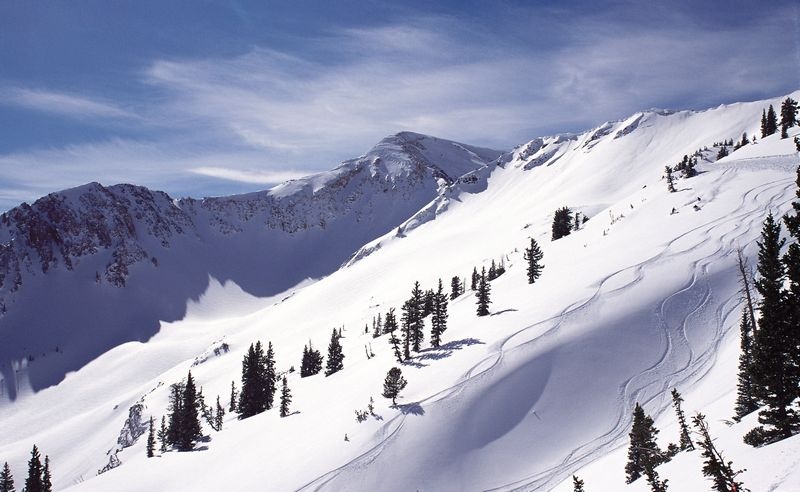Seattle, WA – Nearly 40 million tourists visit recreation areas above 7,800 feet in the western United States each year, including skiers and snowboarders visiting mountain resorts. People from lower altitudes traveling to these areas are at increased risk of high altitude-related illness.
Not everyone gets altitude sickness, but those under 50, especially women and younger males, are more likely to develop it, doctors say. There are three types of altitude-related illnesses: acute mountain sickness (AMS), high altitude cerebral edema (HACE), and high altitude pulmonary edema (HAPE).
Because altitude sickness is caused by swelling in the brain, signs to watch for include headache plus one of the other following symptoms: nausea/vomiting, dizziness, fatigue, sleep disturbances or poor eating. Untreated, altitude sickness can lead to confusion, inability to walk, shortness of breath, coughing blood and even death. The treatment is simple: descend to a lower altitude.

“No matter how great of an athlete you are, if you are coming from sea level or lower altitudes to a higher altitude area, you need to prepare,” said Dr. Melissa Tabor, DO, an AOA board-certified physician in family and osteopathic manipulative medicine who presented on the topic at the American Osteopathic Association’s 2014 conference, held recently in Seattle.
To avoid developing any of these altitude-related illnesses, Dr. Tabor, who is also an an assistant professor of osteopathic principles and practice for Nova Southeastern University in Fort Lauderdale, Florida, offers the following tips:
- Acclimate. If time permits, plan to arrive to the high altitude destination at least one to two weeks ahead of time to acclimate before starting any strenuous activity. Even a day or two can help.
- Plan ahead. Most mountain resorts and even city governments in mountain towns have websites that you can check for guidelines on ascent and decent, especially if hiking. They also offer recommendations on clothing and equipment.
- Ascend slowly. The Wilderness Medical Society has evidence-based guidelines for the prevention and treatment of altitude-related illnesses, including guidelines on how high to ascend each day.
- Listen to your body. Each body responds differently to altitude. If feeling light headed or have a headache, don’t ascend any higher. If the symptoms don’t get better in two to four hours, then descend to get immediate relief.
- Increase hydration. Properly hydrated bodies respond better when operating in high altitudes. Dr. Tabor says that people should drink before they are thirsty.
- Use a portable hyperbaric chamber. Spending time in a chamber saturates a person’s circulatory system with oxygen resulting in increased oxygen to tissues, which allows a body to better adjust to high altitude. Some mountain resorts rent these for as little as $25/day.
- Talk to a doctor. Some physicians will prescribe preventative medicines, depending on travel location altitude and past patient history.

